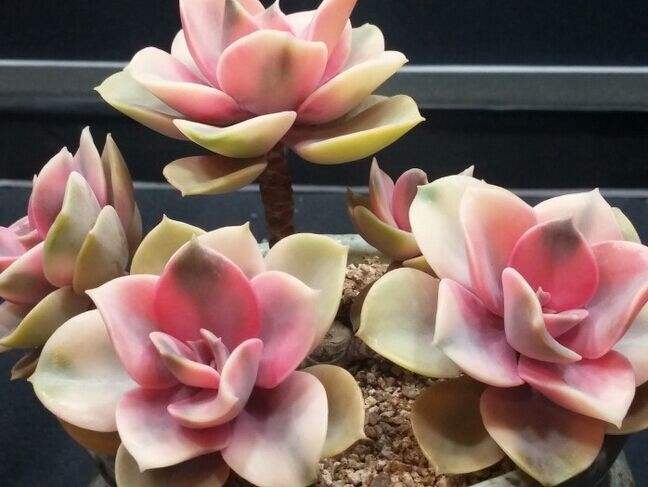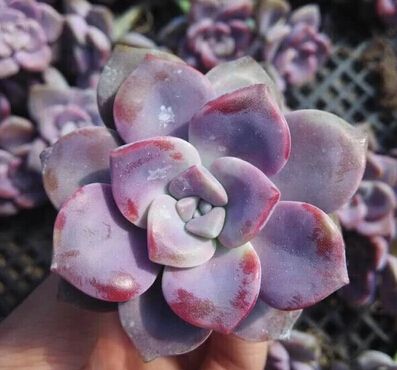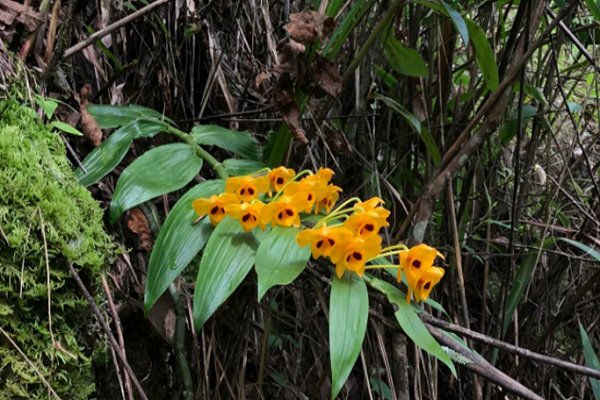How to grow flowers and plants in water?
First, hydroponic flowers are used in the cultivation of ornamental plants in a non-solid medium (water or water with an appropriate amount of plant nutrient solution). At present, most of the hydroponic flowers in the family are cultivated in still water, and the dissolved oxygen is lower than 1mg/l, and the flowers barely maintain life in anoxic utensils. With the increase of temperature in summer, plant physiological metabolism is exuberant, microorganisms multiply in large numbers, oxygen consumption increases sharply, dissolved oxygen decreases continuously, and water quality deteriorates, which forms many unfavorable factors to the growth of hydroponic flowers, which may cause root rot, branches and leaves to wilt, and even make plants and flowers die. Therefore, in summer, in addition to preventing heat and high temperature, increasing the oxygen content of nutrient solution is the key to ensure the safety of hydroponic flowers in summer.

Second, how to improve the content of dissolved oxygen in nutrient solution?
There are many ways to increase dissolved oxygen, which can be summarized as chemical method and physical method. The following are several methods that are easy to operate and effective.
1. Increasing the number of times to change the nutrient solution is a simple way to increase dissolved oxygen. According to the measurement, the dissolved oxygen content of the fresh nutrient solution is 70% more than that of the original solution, which can improve the physiological hypoxia of flowers in time. It is appropriate to change the nutrient solution in no more than 7 days for flowers that have grown aquatic roots for 3-5 days. When changing the nutrient solution, pay attention to the temperature difference between the new solution and the original solution should not be too large, too large temperature difference may cause flower root physiological disorder. When changing the liquid, we should patiently rinse the roots with clean water, remove withered and rotten roots, and truncate the aged roots to promote the growth of new roots. If the nutrient solution suddenly becomes turbid, or there are mosquito eggs, you should immediately replace the new nutrient solution.
2. Hydroponic flowers with small vibrating aeration utensils can be oxygenated by vibration method as long as the root system is clear and the nutrient solution is thorough. The operation method is to fix the flowers with one hand and gently shake the utensils with the other hand. After shaking, the dissolved oxygen content of the nutrient solution can be increased by more than 30%. Hydroponic flowers with turbid nutrient solution and stunted root system should not adopt the method of vibrating oxygen enrichment, and the nutrient solution must be changed thoroughly.
3. Inflate the utensils. If there is a tank of ornamental fish beside the maintenance of hydroponic flowers, you can use the oxygen rods of the fish tank to inflate the utensils.
Third, where should hydroponic flowers be placed in summer?
Most of the flowers selected in hydroponic culture are shade-resistant foliage flowers and flowers and leaves and ornamental flowers. Such as taro, white jade evergreen, silver taro, candle, pineapple and so on. These flowers like to be warm and humid, slightly resistant to shade, and avoid high temperature and dry heat. "hydroponic culture" only changes the cultivation form, but it is impossible to change its growth habits and the required environmental factors. In summer, hydroponic flowers are placed in a bright light, slightly higher humidity, cooler and well-ventilated environment. Avoid direct sunlight, but can not be too shaded, so as not to hinder the photosynthesis of flowers, weak growth, elongated stem nodes, thinning leaves. Resulting in colored blocks, colored flower leaves lose their luster.
Time: 2019-04-20 Click:
- Prev

These hydroponic plants are most suitable for indoor planting.
When it comes to plants, we are willing to keep them indoors most of the time, because it is both beautiful and easy to manage. Indoor plants are generally beautiful and beneficial plants. Today we will learn about some hydroponic plants that can be enjoyed indoors to facilitate our management. Cactus, speaking of cactus.
- Next

Culture methods and matters needing attention of Dendrobium candidum
Dendrobium candidum, also known as Golden Orchid, belongs to Orchidaceae, born in stone crevices or on tree trunks, which shows its value. The stem of Dendrobium is cylindrical and drooping, the leaves are flattened like zongye, the flowers are generally open in clusters, the flesh is thick and golden, the labellum is nearly fan-shaped, the labial disc is small purple, small and delicate and elegant.
Related
- Fuxing push coffee new agricultural production and marketing class: lack of small-scale processing plants
- Jujube rice field leisure farm deep ploughing Yilan for five years to create a space for organic food and play
- Nongyu Farm-A trial of organic papaya for brave women with advanced technology
- Four points for attention in the prevention and control of diseases and insect pests of edible fungi
- How to add nutrient solution to Edible Fungi
- Is there any good way to control edible fungus mites?
- Open Inoculation Technology of Edible Fungi
- Is there any clever way to use fertilizer for edible fungus in winter?
- What agents are used to kill the pathogens of edible fungi in the mushroom shed?
- Rapid drying of Edible Fungi

